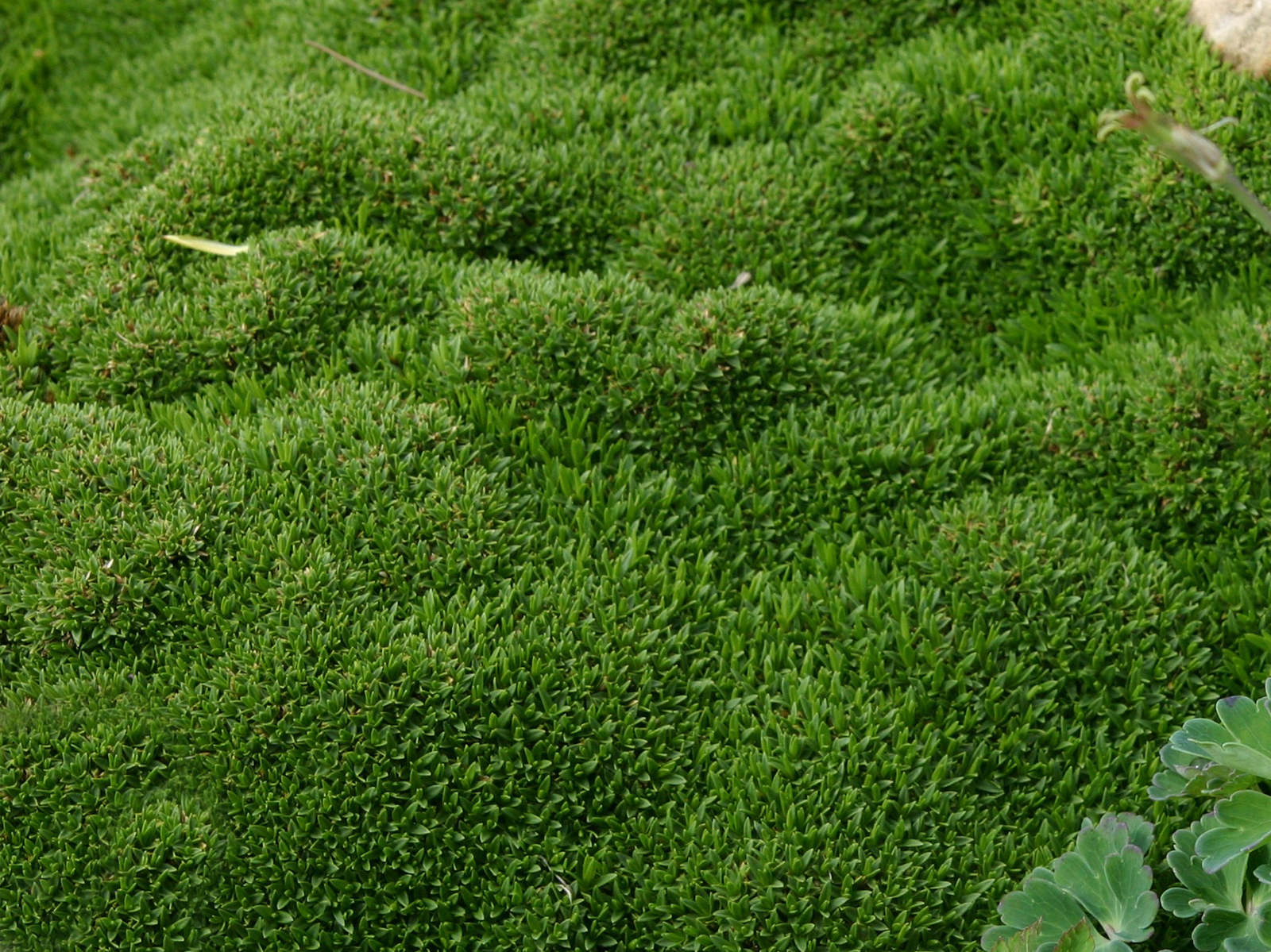The Local newsletter is your free, daily guide to life in Colorado. For locals, by locals. Sign up today!
Having a lush garden in Denver’s semi-arid climate is no good for the environment—or your wallet. But you don’t have to go full rock garden to conserve. Xeriscaping, a term coined locally in the ’80s, saves water without sacrificing greenery. Follow these easy steps from local experts to start your own water-wise garden.
1. Survey the Yard
There’s no right or wrong way to design a climate-adapted yard, says Tim York, a water conservation supervisor at Aurora Water. It can be as simple as replacing a patch of grass with drought-tolerant plants or turning the whole thing over. To start, locate and map all of your utilities like underground water and power lines. Next, chart your shade and sun exposure throughout a day to better inform your plant selection.
Phil Steinhauer, who owns Designscapes Colorado Inc., a landscape company focused on sustainable practices, recommends thinking about how water will collect in your yard before you plant anything. Water travels downhill, so greenery needing more hydration will typically perform better in lower areas. Put hardier plants uphill and in southern- and western-facing beds, which get more sun.
2. Prep Your Soil
Denver soils are typically sandy or clay-filled—and not conducive to deep root growth, Steinhauer says. He recommends homeowners use a rototiller to work compost, like aged manure, into the ground (giving a wide berth to those utilities you ID’d before). This increases the soil’s water-holding capacity and promotes root growth: “Deep roots get water below the surface,” he says, “so you don’t have to rely on sprinklers during a drought.”
3. Choose the Right Plants
Map out your yard to scale, marking hard spaces like patios and walkways, as well as off-limits areas like flower beds, says York, who’s also a registered landscape architect. In your xeriscaping diagram, fill in your growable areas with the general size, shape, or genre of plant you want. “At this stage, it should be, Do I want a four-foot-diameter shrub or tall grasses here?” York says.
Also consider that each flower, shrub, and tree has slightly different needs. If one plant requires more water than another, don’t place the two plants next to each other, says Dan Johnson, curator of native plants at Denver Botanic Gardens. “If you do it that way, you’re making it more resource- and time-intensive, and the plants aren’t going to be happy, either.” (See plant picks below.)
Can It Get Any Easier?

There are a ton of ready-made xeriscaping plans already implemented by Denver homeowners. We’ve highlighted four that you can replicate.
There are also many online and metro-area garden centers, where employees are eager to share hard-earned expertise. Resource Central, a Boulder conservation nonprofit, has a solution for homeowners who don’t want to hire a landscaper, yet aren’t ready to go totally DIY on a water-wise yard. Garden In A Box (starting at $110) is packed with hardy, low-water shoots—plus a foolproof plant-by-number map for your xeric flower bed. Tip: Order early! The box is only available through mid-June.
Also, be sure to consult your local resources. Denver Water, for example, offers a ton of easy plans for new DIY xeriscapers. The city of Aurora even has its own reference manual on the topic. And don’t forget to research any financial incentives are available to you: The state has a turf replacement fund, and certain municipalities serve up their own rebate programs.
Pick Me!
Plant Select—a program run by Denver Botanic Gardens, Colorado State University, and members of the regional horticultural industry—spotlights flora from the Rocky Mountain region and plains states that are hardy enough to survive at a mile high. Try these six for varied colors, heights, and textures.
1. Granita Raspberry Ice Plant

The vibrant, densely packed pink flowers, which grow 1 or 2 inches tall, bloom all season.
2. Corsican Violet

A 6- to 8-inch-tall perennial, the Corsican violet’s purple flowers show off all season long.
3. Spanish Gold Broom

Ensure this shrub, which can grow 3 to 4 feet tall, has good drainage, and you’ll be rewarded with pretty, yellow springtime blooms.
4. Korean Feather Reed Grass

Feathery summer blooms turn golden in the fall on this perennial ornamental grass, which can reach 3 feet tall.
5. Desert Moss

This evergreen grows 1 inch high and sprawls 10 to 14 inches, making it a great choice for year-round ground cover.
6. Bridges’ Penstemon

The scarlet trumpet-shaped flowers on this deer-resistant stunner grow up to 3 feet tall and thrive in full sun. Beauty bonus: The flowers attract hummingbirds.
Discover more plants for xeriscaping at plantselect.org.
25
The approximate percentage of water the average homeowner can save per year by xeriscaping their yard, according to Denver Water.
Tough Turf

We get it: Lawns can be nice, especially if you have kids or dogs. But unless you want to spend thousands each year to maintain your Kentucky bluegrass, you need an alternative designed to withstand Colorado’s climate. Plant Select recently introduced drought-resistant Dog Tuff grass, which holds up to running feet (kids’ and pups’) and full, hot sun. If possible, install turf at the bottom of a hill to take advantage of natural water drainage.









